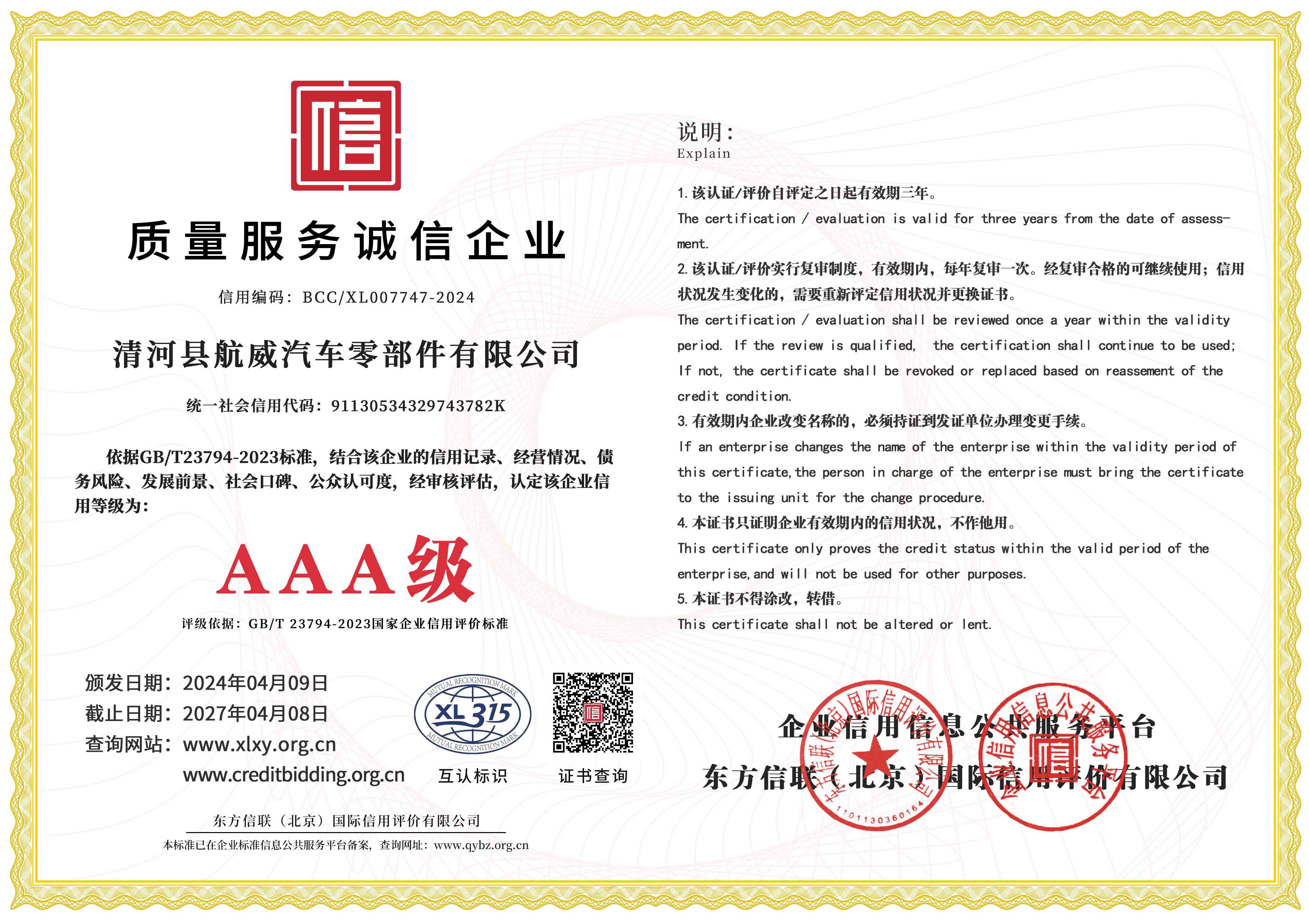push pull throttle cable
Understanding the Push-Pull Throttle Cable Mechanism
The push-pull throttle cable system is an essential component in various engine applications, particularly in vehicles, motorcycles, and small engines. It plays a crucial role in controlling the engine speed and, consequently, the performance of the vehicle or engine. This article delves into the mechanics, functionality, and significance of the push-pull throttle cable.
What Is a Push-Pull Throttle Cable?
At its core, a push-pull throttle cable is a mechanical means of transferring force from the throttle pedal or grip (in the case of motorcycles) to the throttle body of an engine. The system consists of two cables one cable is responsible for pushing the throttle open, while the other pulls it closed. This bi-directional function helps ensure precise control over engine functions.
How Does It Work?
The push-pull throttle cable operates through a simple yet effective mechanism. The driver or rider initiates a command by pressing on the accelerator pedal or throttle grip. This action tensions the push cable, which connects to the throttle body mechanism and opens the throttle plate. It allows more air (and fuel) into the engine, increasing RPMs and thus the power output.
Conversely, when the accelerator is released, the pull cable engages. It pulls the throttle plate back to its default position, which reduces the engine speed. This dual-action mechanism allows for smooth acceleration and deceleration, critical for safe driving and riding.
Applications
Push-pull throttle cables are commonly found in various applications, including
1. Automobiles In many cars, especially older models, push-pull cables replace electronic throttle control systems. They provide a direct connection between the driver's inputs and the engine response.
2. Motorcycles Most motorcycles still use push-pull systems for throttle control. This design ensures that riders can achieve rapid acceleration and deceleration smoothly.
push pull throttle cable

3. Small Engines Push-pull cables are prevalent in garden equipment, snowmobiles, and ATVs, ensuring reliable performance in a range of operating conditions.
Advantages of Push-Pull Throttle Cables
The push-pull throttle cable has several advantages over other throttle control mechanisms
- Simplicity The design is straightforward, making it easy to install, maintain, and replace. This simplicity is beneficial for both manufacturers and end-users.
- Direct Feedback The mechanical connection provides immediate feedback to the driver, which can enhance control and responsiveness.
- Reliability With fewer electronic components, the push-pull throttle cable system is less susceptible to failures related to complex electronic systems.
- Cost-Effective The materials and manufacturing processes for push-pull cables are generally less expensive than those for advanced electronic throttle control systems.
Maintenance and Considerations
While push-pull throttle cables are robust, they do require periodic maintenance to ensure optimal performance. Regular inspection for fraying or wear and tear can prevent potential failures. Lubricating the cables can also reduce friction, allowing for smoother operation.
In conclusion, the push-pull throttle cable system is a crucial component in many engine-driven applications, providing a reliable and efficient means of throttle control. Its simplicity, reliability, and cost-effectiveness make it a staple in the automotive and engineering fields. Understanding its operation and maintenance can greatly enhance its effectiveness, contributing to a better driving experience and overall vehicle performance. Whether navigating city streets or experiencing the thrill of a motorcycle ride, the push-pull throttle cable plays an integral role in the excitement of powered movement.
-
Workings of Clutch Pipe and Hose SystemsNewsJun.04,2025
-
The Inner Workings of Hand Brake Cable SystemsNewsJun.04,2025
-
The Secrets of Throttle and Accelerator CablesNewsJun.04,2025
-
The Hidden Lifeline of Your Transmission Gear Shift CablesNewsJun.04,2025
-
Demystifying Gear Cables and Shift LinkagesNewsJun.04,2025
-
Decoding Clutch Line Systems A Comprehensive GuideNewsJun.04,2025
